Come Explore Chilean Food with Me

Way back in the day, I left the country for two years to live in Chile where I served a religious mission. I had an opportunity to serve a lot of people and to grow and learn a lot. I also ate a lot of local food, and I often miss it.
This is why every year, my wife and I celebrate Chilean Independence Day on September 18th. Problem is, there’s so much Chilean food to enjoy that it’s hard to pick just one or two to eat on the holiday. That’s why this year, in true Chilean fashion, we’re planning on celebrating all week!
While we’re getting ourselves pumped up, I thought you might enjoy this big list of Chilean foods that I love, many of which I still make at home on the regular.
I split these foods up into “Street Foods” and “Rustic Foods.” This is helpful for conceptualizing Chilean cuisine, but know that just because I call something a street food doesn’t mean people don’t eat it at home. It’s kind of like labeling a cheeseburger a street food, which it is, but looking at it only in that way would be a mistake.
Anyway, let’s dive in!
Street Foods
Chilean street food is about as healthy as American fast food—meaning it’s not healthy. It’s a bunch of fat, carbs and salt, but boy is it tasty. Just like the food I grew up with, this is better enjoyed sparingly, but enjoy it!
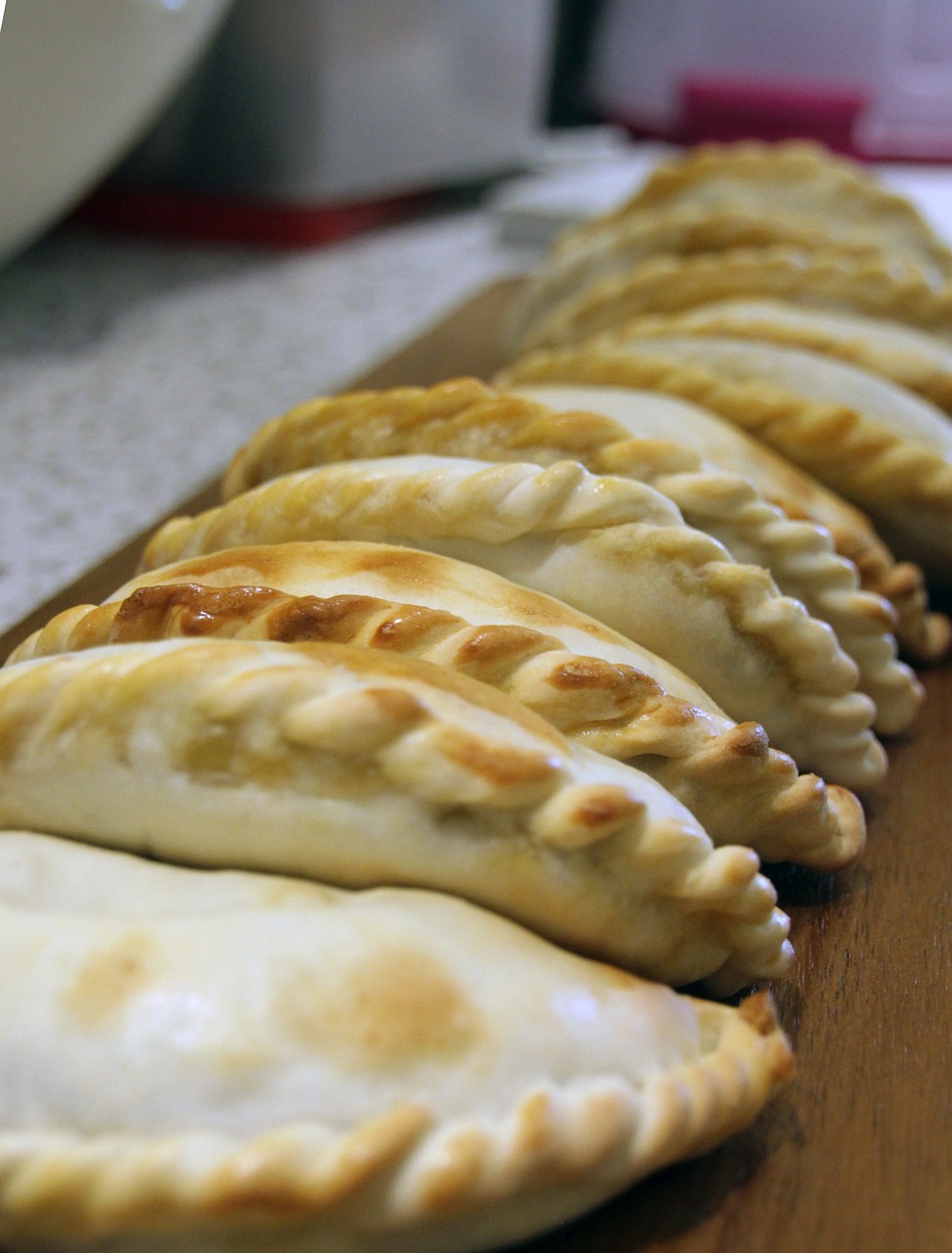
Empanadas: This is one Chilean food that most people reading this are probably aware of. They’re little hand pies. Most of the ones you’re used to are probably fried, but in Chile they come both fried and baked. What makes Chilean empanadas different is that they’re big. One or two will make an entire meal, whereas in most other places they’re just a little snack.
Chilean empanadas come in a bunch of varieties, too. The most common you’ll buy out in the street are empanadas de queso (cheese empanadas) and empanadas de jamon y queso (ham and cheese, often with oregano and tomato as well). However, I’ve had crab empanadas, blackberry and cheese empanadas, and countless more!
The most famous Chilean empanada is called the empanada de pino, which is a baked empanada made with ground beef, and it also contains a quarter hard-boiled egg, a raisin, and an olive. This is the traditional empanada served on Chilean Independence Day, so you can bet I’m gonna eat a lot of them on the 18th.
Sopaipillas: This is the ultimate Chilean street food, and it’s a shame more people don’t know of it. Frankly, I’m shocked I don’t have a picture of them anywhere! However, people in Utah and the midwest would get used to this fried food pretty quickly… they’re similar to frybread (known as scones in Utah). The difference between sopaipillas and our frybread is that sopaipillas are made with squash. You cook a squash until soft, then mix it up with flour and other baking ingredients. No other liquids are added… just the water contained in the squash. The result is a slightly sweet, orange dough. I ate my weight in sopaipillas several times while I lived in Chile.
Mayonnaise: You know we love ketchup in the U.S.? Well in Chile, it’s all about mayonnaise. I met a bunch of kids who would say “if there’s no mayo, the food doesn’t taste good.” What’s funny is before traveling to Chile, I couldn’t stand mayo, but now I finally get it.
Mayonnaise is such a big deal in Chile that restaurants and corner stores trying to set themselves apart often advertise they have homemade mayo. They don’t just smear a thin veneer onto a slice of bun—they’ll paddle whole spoonfuls of the stuff onto your sandwich. This sounds disgusting if you were raised on Hellman’s mayonnaise… but once you’ve had the amazing from-scratch stuff, you’ll get it.
Churrasco and Barros Luco: I still remember that sandwich like I bought it yesterday. Churrasco is thinly sliced beef, and barros luco is thinly sliced pork. It is usually prepared by frying it on a flattop and serving it in a sandwich. The sandwich in the picture above was served “italiano” style, meaning with tomato, avocado, and mayonnaise. I don’t know why they call that the italiano, but we’ll eat it anyway because it’s delicious.
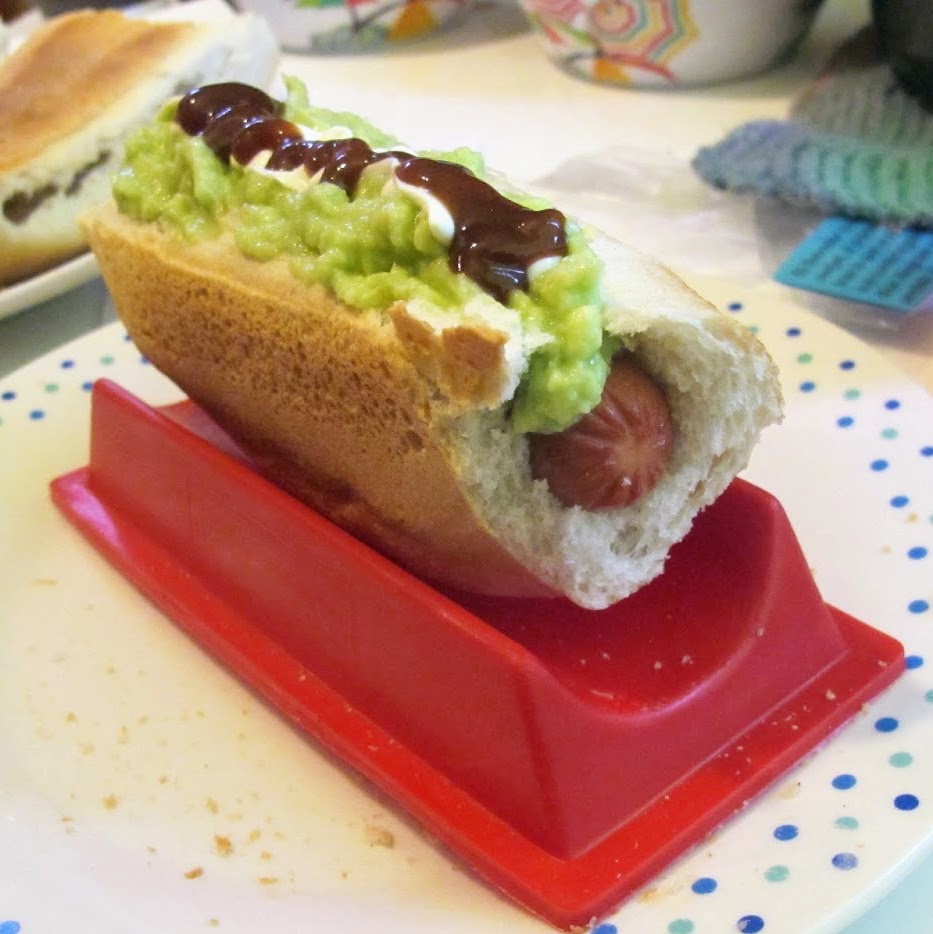
Completos: Always hand-in-hand with churrasco, another super popular food is the completo, aka just a hot dog. Except it’s not just a hot dog because they always deck it out with weird stuff. The most popular is the completo italiano, which has—you guessed it—tomato, avocado, and mayonnaise, none of which is Italian. But they, it’s still delicious.
Hass: Hass is the same thing as churrasco—thinly sliced beef. The difference is it’s a higher quality cut of meat, and it’s served in a hot dog bun. It’s usually just enjoyed with a squirt of homemade mayonnaise.
Mote con Huesillo: I looked everywhere for a picture of this and couldn’t find one, which breaks my heart because mote con huesillo is one of those foods that just screams Chile. This is a traditional drink. It’s made from dehydrated peach, which has been rehydrated and mixed with seasonings like cinnamon. Pour hydrated wheat berries into a cup, plot one of those rehydrated peaches on top, then fill the whole thing with that peach juice. To be honest, I never became a big fan of those wheat berries, but the juice is so refreshing, it makes the perfect summer treat.
Funny story: there was a member of my church in Chile who had a running joke of telling new missionaries that those rehydrated peaches were actually the testicles of a bull, then he would serve it up proudly. He watched in glee as many a missionary attempted to eat a rehydrated peach, convinced it was a giant testicle, and then vomited out his front door.
Rustic Foods
Just like any other country, rustic Chilean foods are known for their simplicity and economy. However, that doesn’t make it any less healthy, delicious, or impressive.Eggs: This may be an odd one, but a super common Chilean staple is eggs. It doesn’t matter what you’re eating, in Chile you can add an egg on top of it and it won’t be weird. Tasty burger? Tastier with an egg. Fat stack of French fries? Needs an egg. Best pasta you’ve ever had? Better add an egg. This is definitely a habit I’ve taken home with me; I find myself adding eggs to all sorts of food, from rice to soup.
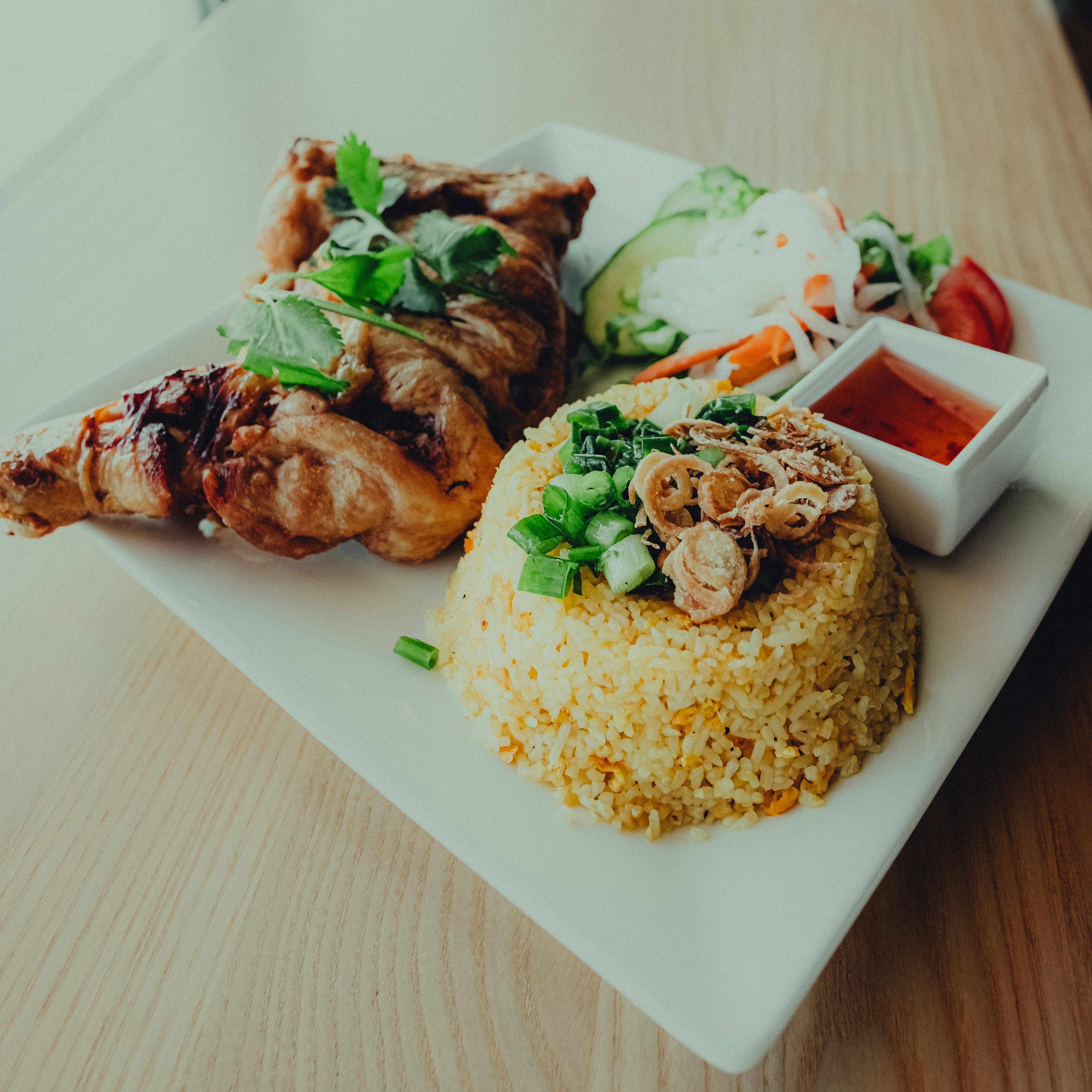
Pollo y Arroz: This is the quintessential Chilean meal. Plain chicken (usually the leg) grilled in a pan, and served with Chilean rice (white rice toasted in oil with garlic, shredded carrot, and chicken bouillon). Chile was the first country to teach me that rice is allowed to have flavor. I love Chilean rice. In contrast, the chicken is just plain chicken, and this is the first place I learned that in order to be an amazing cook, it’s not about the random ingredients and add-ons you add to your meal, it’s about how well you know how to cook with what you have.
Pastel de Choclo and Pastel de Papa: Most of us have heard of shepherd’s pie—a ground-beef casserole topped with mashed potatoes, then backed until the top of the potatoes turn crispy. Well this is a common dish in Chile, known as Pastel de Papa. However, even more famous and unique is the Pastel de Choclo, which is a shepherd’s pie made with a corn paste instead of mashed potatoes.
How good is pastel de choclo? Let me put it simply… I proposed to my wife with this dish. That’s right, it’s so good that it’ll get a lady to marry you.
Pastel de choclo is an indulgent combination of rich and hearty from the ground beef (and half a hard-boiled egg and a Chilean olive), and silky and creamy from the corn (and a single raisin, as is custom). This stuff gets even better when served with Chilean salad, the country’s simple blend of tomato, onion, oil and salt. Spoon that salad over the top of your pastel, and it’ll blow your mind.
Cazuela: Speaking of wooing ladies, I made this dish for my wife very early on in our relationship when I decided to start dating her seriously. Cazuela de pollo (or “chicken cazuela”) is Chile’s national dish, and for good reason. To me, this might be the most comforting comfort food in the world.
If you get invited to a Chilean home and are served a bowl of cazuela, you’ll get a large, shallow bowl full of rich chicken broth with rice or pasta inside and a smattering of aromatics and herbs. Juxtaposed within that bowl will be half an ear of corn, a whole chicken leg, half a potato, and a generous slice of squash. So while it’s technically a soup, it’s best to bring a fork with you as well. Hosts often serve this soup with a plate as well so you can remove the components and eat them on the side as you please.
Of all the photos I couldn’t find, I’m most upset I couldn’t get a good photo of cazuela. But I owe you now… I’ll make an incredible cazuela this weekend and share photos and a recipe later.
Charquicán: This is not an incredibly common dish, but I included it just because it’s so interesting. This is a soup with a base of chicken stock and pureed squash, but it’s layered through with jerky! That’s right, it’s a quasi-creamy jerky soup, and it’s incredible.

Fideos: “Fideo” is Spanish for “noodle,” meaning “fideos” is just Spanish for “pasta.” Like practically anywhere else, Chile is no stranger to pasta. However, you’ve never had pasta the way the Chileans do. The first meal I had in Chile was a big bowl of noodles that looked like spaghetti, but they were much too thick. They made me think of German shpetzla (interestingly enough, Chile has a lot of German influence from refugees fleeing WWII). However, unlike the German variant, this pasta was covered in a tomato based meat sauce, but it was much more meat than tomato. I felt like I’d eaten an entire steak by the time I was done!
Oh, and don’t forget, they added an egg on top.
It’s impossible to say who has the “best” pasta—and those of you who went to Italy for two weeks for summer vacation before the tenth grade can get off my back, Italians didn’t invent pasta and don’t have the best pasta. However, Chilean fideos are near the top of my list for satisfying and delicious noodle-based meals.
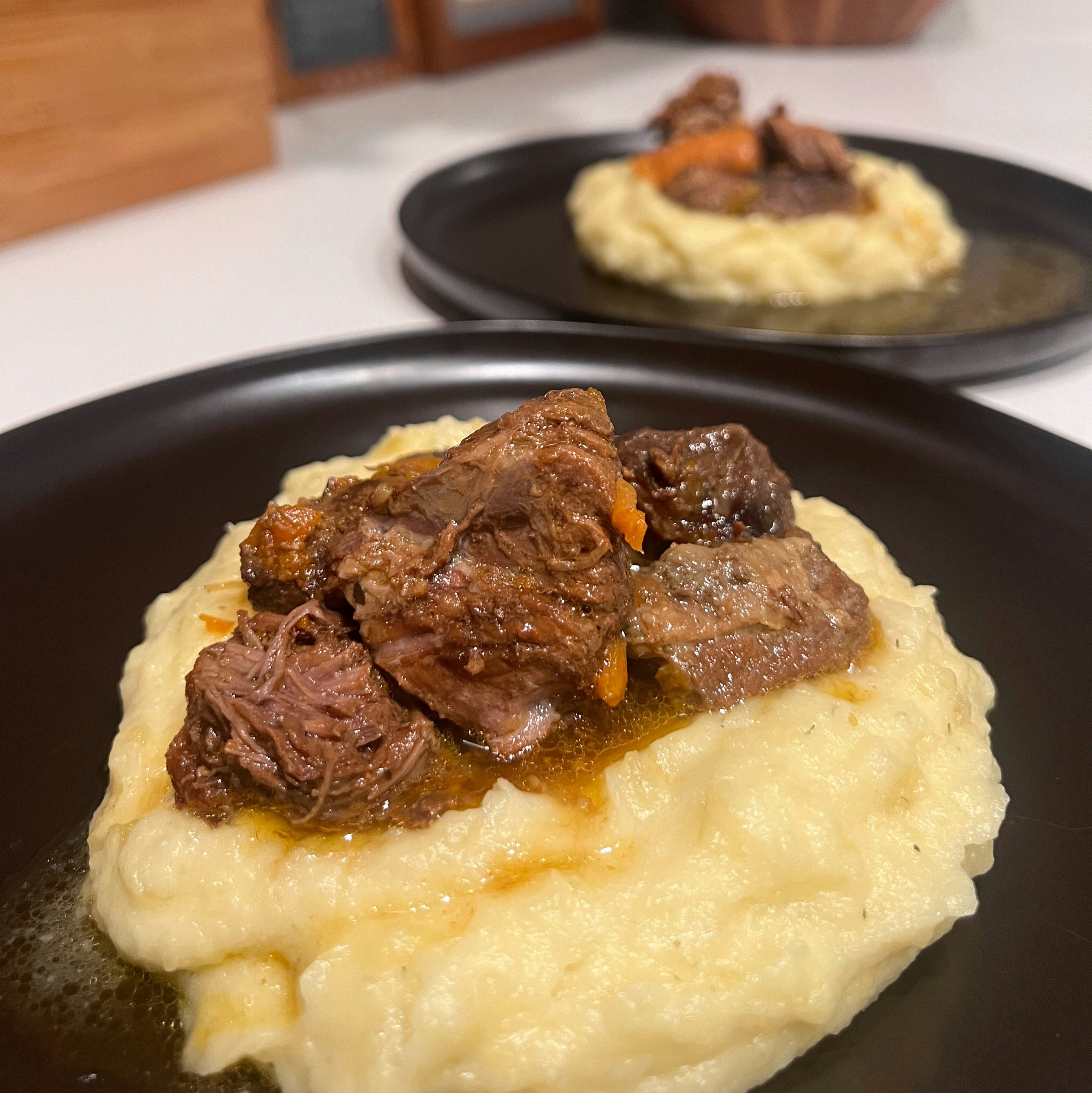
Puré de Papas con Carne: This meal is among the most common I had during my time in Chile, though I think this is because members of my church tend to go to a special effort to provide for the missionaries when they’re feeding them.
Simply put, it’s mashed potatoes with meat. In Chile, the eat a ton of pork, and that’s what we most often had with potatoes.

Lomo a lo Pobre: This roughly translates to “Tenderloin for the Poor.” It’s a simple cut of beef, served with fries, grilled onions, and (obviously) a fried egg—though the picture above forgot the egg.
Cocimiento: This is understandably not everyone’s favorite soup, especially because the picture above is unfortunately not the prettiest. However, this is a pretty unique Chilean dish.
Take every possible meat you can think of and add it to a chicken broth with white wine. This has chicken, pork, beef, clams and mollusks, plus a serving of potatoes to keep it… um… balanced. The white wine really brings this together.
Just make sure you have a bed nearby after enjoying some cocimiento. This stuff is so nutrient heavy that it’ll knock you clean out after lunch.

Sopas: This is the Spanish word for “soups.” At just about every Chilean lunch, you’ll start the meal with a simple soup. Generally, this soup is a stock made from whatever protein your having for lunch (generally chicken bones/bouillon), with some added aromatics (usually carrots and garlic) for extra flavor.
It’s not exactly satiating—it’s just an appetizer. But after having this for so long, your midday soup starts to feel like a ritual, and I still feel like I’ve done something wrong when I make a large lunch without any soup.
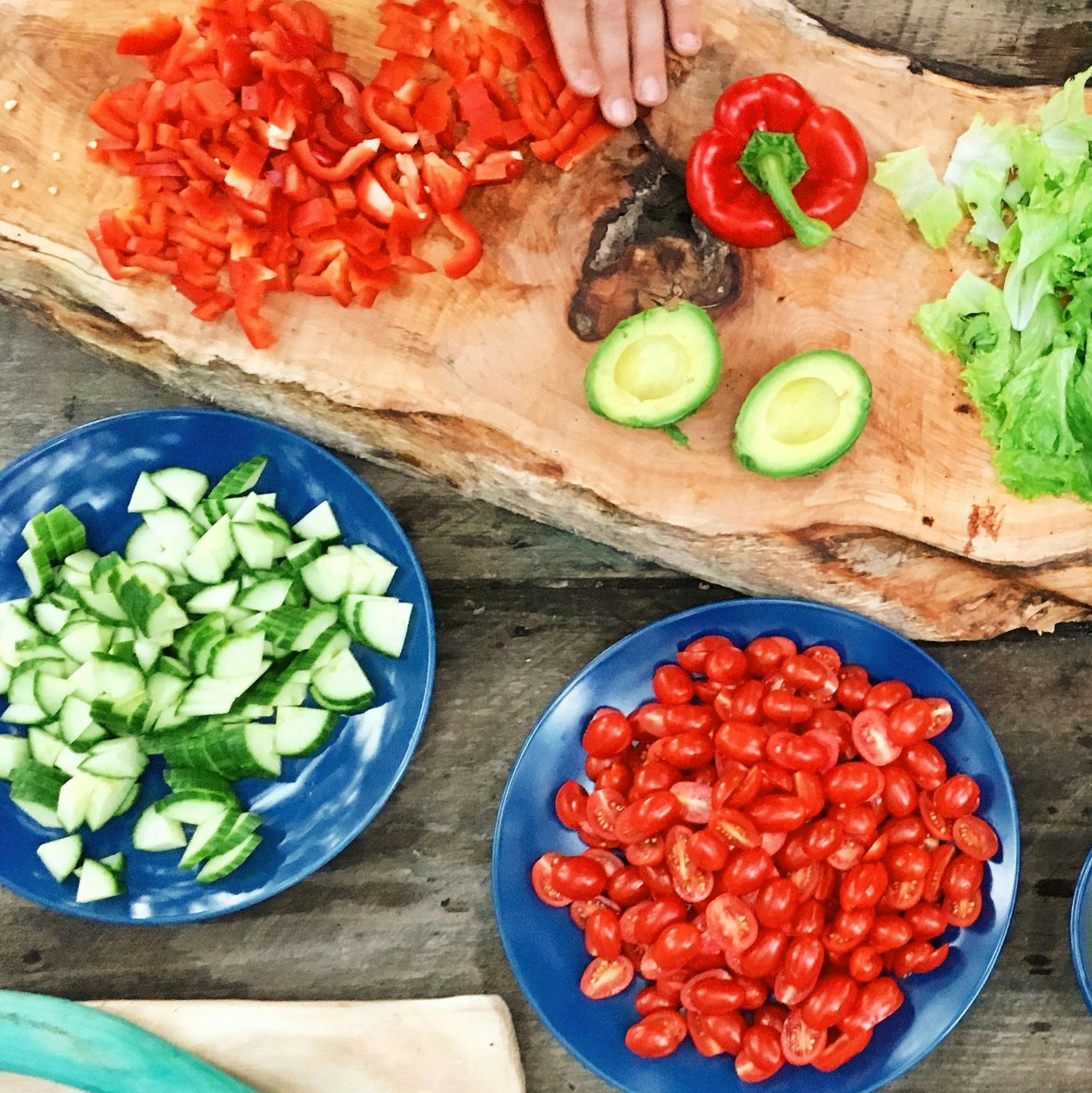
Ensaladas: Salads. I can’t decide if I prefer American salads or Chilean ones, but they are polar opposites.
On the American side, you get complex, fifteen-ingredient salads. The Cobb salad is a great example—iceberg lettuce, spinach, fenugreek, green onions, tomatoes, bacon, egg, avocado, and a delicious and complex dressing all make a big, protein-packed salad that is a meal of its own.
On the Chilean side, you get lettuce… lemon… and salt. And that’s it!!!
Chilean salads are known for simplicity and abundance. Often a meal will be accompanied by several Chilean salads, all of which with their own fun and unique flavors. I gained a special love for beet salad and mayo potatoes, but a sharp, lemony lettuce salad always hit right as well. Of course you can never leave out the famous Chilean salad, which was a base of onions and tomatoes, and it somehow tasted delicious tossed onto everything else you ate.
Let’s just say the Chileans know how to get their veggies into every meal.
Asado: Last but not least for rustic foods, you have Chilean barbecue. Chileans grill their meat over half-drum grills that are similar to an open fire. Because of the strong, radiant heat, fast-cooking cuts of meat are the name of the game. This means chicken legs and gentle cuts of pork, sometimes marinated in lemon and garlic, and seasoned with salt. Simple and delicious.
Everything Else?
There is a whole lot more to Chilean food. They have their own smattering of holiday specialties, awesome desserts, incredible fruit, and don’t get me started on the world-famous bread! However, out of interest for your time and concern for my own attention span, I thought I’d leave it at simply street foods and rustic foods for now. If you want more Chilean food, just reply to this article and let me know! Matthew Christensen
Matthew Christensen
Weekly Newsletter Contributor since 2023
Email the author! matthew@dvo.com
